When it comes to purchasing a used car, the stakes can feel incredibly high. Unlike new cars, which come with warranties and the promise of fresh starts, used cars come with a history, sometimes well-documented, sometimes murky. For many buyers, the allure of a used vehicle lies in its potential for tremendous value: a dependable mode of transportation that won’t break the bank upfront and can serve reliably for years to come.
However, beneath the surface of the used car market lies a complex landscape filled with vehicles that range widely in reliability, durability, and ultimately, investment potential. Understanding which used cars are truly great investments and which are better avoided due to persistent trouble is critical for making a financially sound and practical decision.
Investing in a used car isn’t just about the purchase price. The total cost of ownership — which includes maintenance, repairs, fuel economy, insurance, and depreciation — can often eclipse the initial sticker price. Some cars, despite being inexpensive upfront, can drain your wallet with frequent visits to the mechanic, expensive replacement parts, or unreliable performance that disrupts daily life.
Others might carry a higher initial cost but reward their owners with steadfast reliability, strong resale values, and low operating expenses. The difference between these two types of vehicles is often striking, and being able to discern which used cars fall into each category is an invaluable skill for any buyer.
In this article, we will explore five used cars widely recognized as great investments and five used cars that tend to bring more trouble than they are worth. These selections are drawn from decades of automotive history, consumer reports, owner testimonials, and industry trends, and while no car is perfect, these models have emerged as either shining examples of durability or cautionary tales of frequent and costly issues.
By understanding the strengths and weaknesses of these vehicles, potential buyers can navigate the used car market with greater confidence, avoiding the pitfalls that often accompany impulse purchases or insufficient research.
Among the great investment cars, models like the Toyota Tacoma and Honda Civic stand out not just for their reliability, but also for their strong resale value and broad appeal. These vehicles benefit from decades of engineering refinement and widespread parts availability, which together reduce maintenance costs and increase longevity.
For instance, the Toyota Tacoma has built a legendary reputation among truck enthusiasts for its ruggedness and ability to handle extreme conditions, making it a sought-after vehicle even as it ages. Similarly, the Honda Civic has remained a staple in the compact car segment due to its fuel efficiency, ease of maintenance, and well-earned reputation for reliability. Both vehicles represent the type of purchase that can retain or even appreciate over time, making them smart financial decisions.
On the other side of the spectrum are vehicles like the Fiat 500 and early Chevrolet Cruze models, which, despite their initial popularity or attractive pricing, are often plagued by mechanical and electrical problems that escalate ownership costs and frustration.
Issues with transmissions, turbochargers, and electronics have led to frequent repairs and diminished resale values, turning what might have been affordable options into financial burdens. Such cars remind us that not all used vehicles are created equal, and what may appear to be a great deal at first glance can quickly turn into a costly mistake.
This dichotomy between used cars that are sound investments and those that are troublemakers underscores the importance of thorough research and cautious evaluation when shopping in the used car market. Factors such as manufacturer reputation, known mechanical issues, availability of replacement parts, and typical maintenance costs must all be carefully weighed.
Additionally, potential buyers should consider their own needs—whether they prioritize performance, economy, safety, or versatility—and match those to the vehicle’s strengths and weaknesses.
Moreover, buying used offers an opportunity to save significant money compared to purchasing new, but only if done wisely. It is essential to look beyond the glossy listings and marketing hype to uncover the true nature of a vehicle’s reliability and cost of ownership.
A car that promises affordability but hides an expensive, recurring repair problem may end up costing far more over time than a more expensive but dependable alternative. Thus, understanding which used cars are likely to be great investments and which are likely to cause trouble is not just helpful; it is crucial to protecting your hard-earned money.
In the sections that follow, we will dive into detailed profiles of five used cars known for their investment potential, exploring the reasons behind their reliability, resale value, and general owner satisfaction. We will also highlight five used cars that prospective buyers should approach with caution due to their history of trouble, high repair costs, and rapid depreciation.
Armed with this knowledge, you will be better prepared to make a decision that aligns with your budget, lifestyle, and long-term financial goals.
Also Read: 5 Cars That Don’t Need Timing Belt Changes and 5 That Constantly Break
5 Used Cars That Are Great Investments

1. Toyota Tacoma
The Toyota Tacoma stands as one of the most resilient and revered midsize pickup trucks on the market, and it has earned this reputation through decades of consistent reliability and durability. Unlike many trucks that suffer rapid depreciation due to high mileage and frequent wear and tear, the Tacoma maintains an impressive resale value.
This is largely because it is engineered with a robust frame and a proven powertrain that can withstand years of hard use. Its reputation for longevity is supported by countless anecdotal reports of Tacomas surpassing the 300,000-mile mark with minimal major repairs, a rarity in the truck segment. Buyers looking for a used Tacoma are often confident they are purchasing a vehicle that will not only hold its value but also serve as a dependable workhorse for years to come.
The versatility of the Toyota Tacoma contributes heavily to its investment appeal. It is equally at home as a rugged off-roader tackling rocky trails or a practical daily driver navigating urban traffic. This blend of utility and comfort has broadened its market appeal, ensuring that demand for used models remains strong.
From contractors needing a reliable vehicle for hauling tools to outdoor enthusiasts who require a capable 4×4, the Tacoma fits many lifestyles. Its resale price is buoyed by this wide range of potential buyers, which keeps the used market competitive and prices firm.
Another key factor contributing to the Tacoma’s status as a great investment is the accessibility of parts and the widespread familiarity of mechanics with this vehicle. Toyota’s global presence and parts supply chain mean that owners rarely face exorbitant repair bills or delays in obtaining necessary components.
In addition, the aftermarket scene for Tacomas is vibrant, offering everything from performance upgrades to protective accessories. This ecosystem not only enhances the vehicle’s longevity but also preserves its value by enabling owners to keep their trucks in top shape without breaking the bank.
Finally, the cultural cachet of the Tacoma cannot be understated. Certain trims, such as the TRD Pro, have achieved cult status among truck enthusiasts, resulting in these models appreciating or at least holding value better than standard versions.
Special edition models, limited releases, and well-maintained older Tacomas often become collectibles, further solidifying their position as smart investments. For those seeking a used vehicle that combines practical utility with strong financial retention, the Toyota Tacoma remains a top-tier choice in the used vehicle landscape.
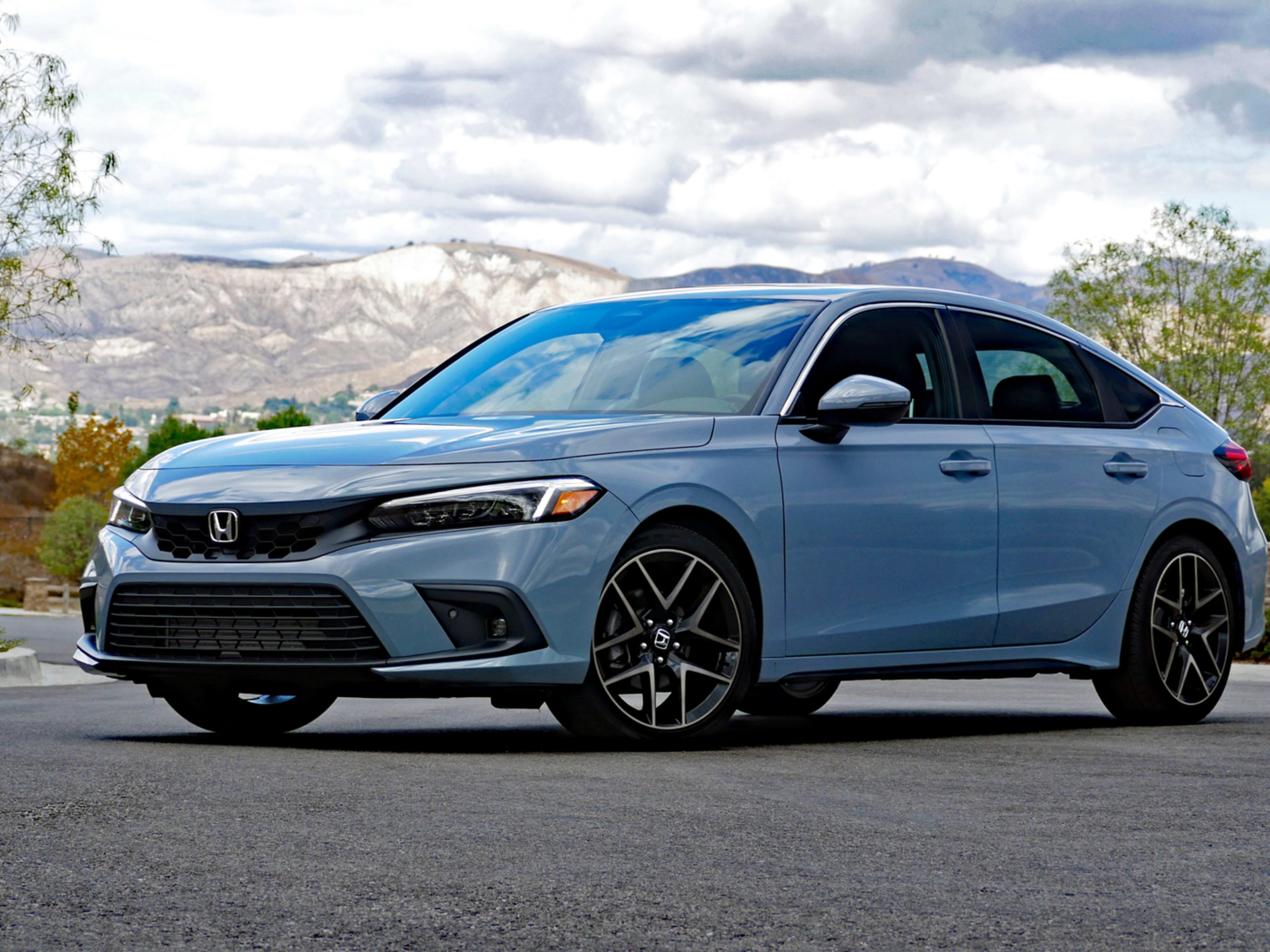
2. Honda Civic
The Honda Civic is an automotive icon that has set the standard for compact cars for over four decades. Its reputation is not just a product of brand loyalty but grounded in tangible benefits such as superior engineering, fuel efficiency, and long-term reliability.
Civic owners routinely report mileage milestones well beyond 200,000 miles, underscoring the vehicle’s resilience. In the used car market, the Civic’s ability to retain its value is second to none among compact cars, often commanding higher resale prices than competitors like the Ford Focus or Hyundai Elantra. This makes it an ideal vehicle for those looking to minimize depreciation losses.
One of the strongest selling points of the Civic is its exceptional fuel economy, which remains competitive even in older models. In an era where gas prices can fluctuate dramatically, the ability of a Civic to deliver 30 to 40 miles per gallon makes it a highly sought-after used car.
This economy not only saves owners money at the pump but also reduces the total cost of ownership over time. For buyers seeking a practical and affordable commuter car, the Civic hits the sweet spot, combining low operational costs with dependable performance.
The Civic’s mechanical simplicity and the abundance of aftermarket parts play a crucial role in making it a cost-effective investment. Honda’s well-established network of service centers and mechanics familiar with the Civic’s design means repairs are typically straightforward and affordable.
Additionally, the model has benefited from continual incremental improvements in design and engineering, enhancing safety features, ride comfort, and handling over time. These enhancements ensure that even used Civics remain competitive with newer vehicles in terms of technology and driving experience.
Lastly, the Civic’s broad appeal across various demographics—from college students and young professionals to retirees seeking reliable transportation—helps maintain its robust demand in the used car market.
Special editions like the Si and Type R add an element of sportiness that attracts enthusiasts, often leading to strong resale values for these variants. Whether you prioritize fuel efficiency, reliability, or driving enjoyment, the Honda Civic represents an excellent used car investment with a proven track record and a loyal following.
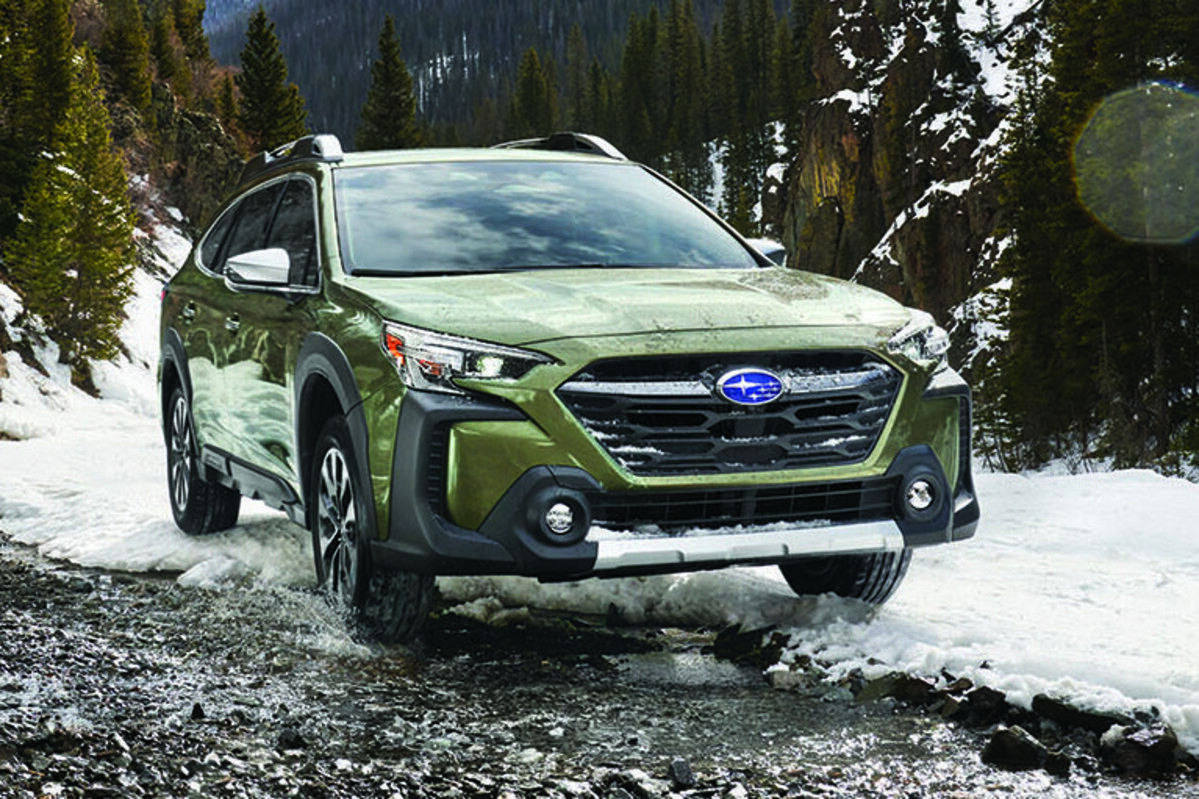
3. Subaru Outback
The Subaru Outback occupies a unique niche as a crossover that combines the best features of an SUV and a wagon, and this blend has made it a steadfast favorite among families and adventure-seekers alike.
One of the key reasons the Outback makes such a strong used car investment is its all-wheel-drive system, which provides superior traction in adverse weather conditions and off-road scenarios. This capability is not just a luxury but a functional asset in many regions with snow, rain, or rugged terrain, ensuring that demand for used Outbacks remains strong year-round.
Beyond its drivetrain, the Outback boasts a spacious and comfortable interior that rivals many SUVs, with ample cargo space and user-friendly technology. Safety is also a significant selling point; Subaru has consistently equipped the Outback with advanced safety features such as EyeSight driver assist technology, which includes adaptive cruise control, lane keep assist, and pre-collision braking.
These features contribute to high safety ratings, making the Outback appealing to safety-conscious buyers who prioritize family protection. This combination of safety, space, and AWD capability ensures that the Outback retains a strong resale value compared to other crossovers in its class.
While Subaru has faced some mechanical challenges historically, such as head gasket issues in earlier models, the company has made notable improvements to engine design and durability in recent years. Well-maintained Outbacks with complete service records often avoid these pitfalls, resulting in long-term ownership satisfaction.
The brand’s dedicated owner community also provides a wealth of knowledge and resources for maintaining these vehicles, which helps mitigate repair risks and costs. Additionally, Subaru’s reputation for ruggedness encourages repeat buyers, which bolsters the used market value of well-kept Outbacks.
Finally, the Outback’s versatility makes it an attractive option for a wide range of buyers. Whether you are a commuter needing a reliable car for daily travel, a weekend warrior heading out to trailheads, or a parent looking for a safe and spacious family vehicle, the Outback offers a compelling package. Its blend of practicality, reliability, and strong resale value makes it an excellent investment for anyone seeking a dependable used crossover that holds its worth well over time.
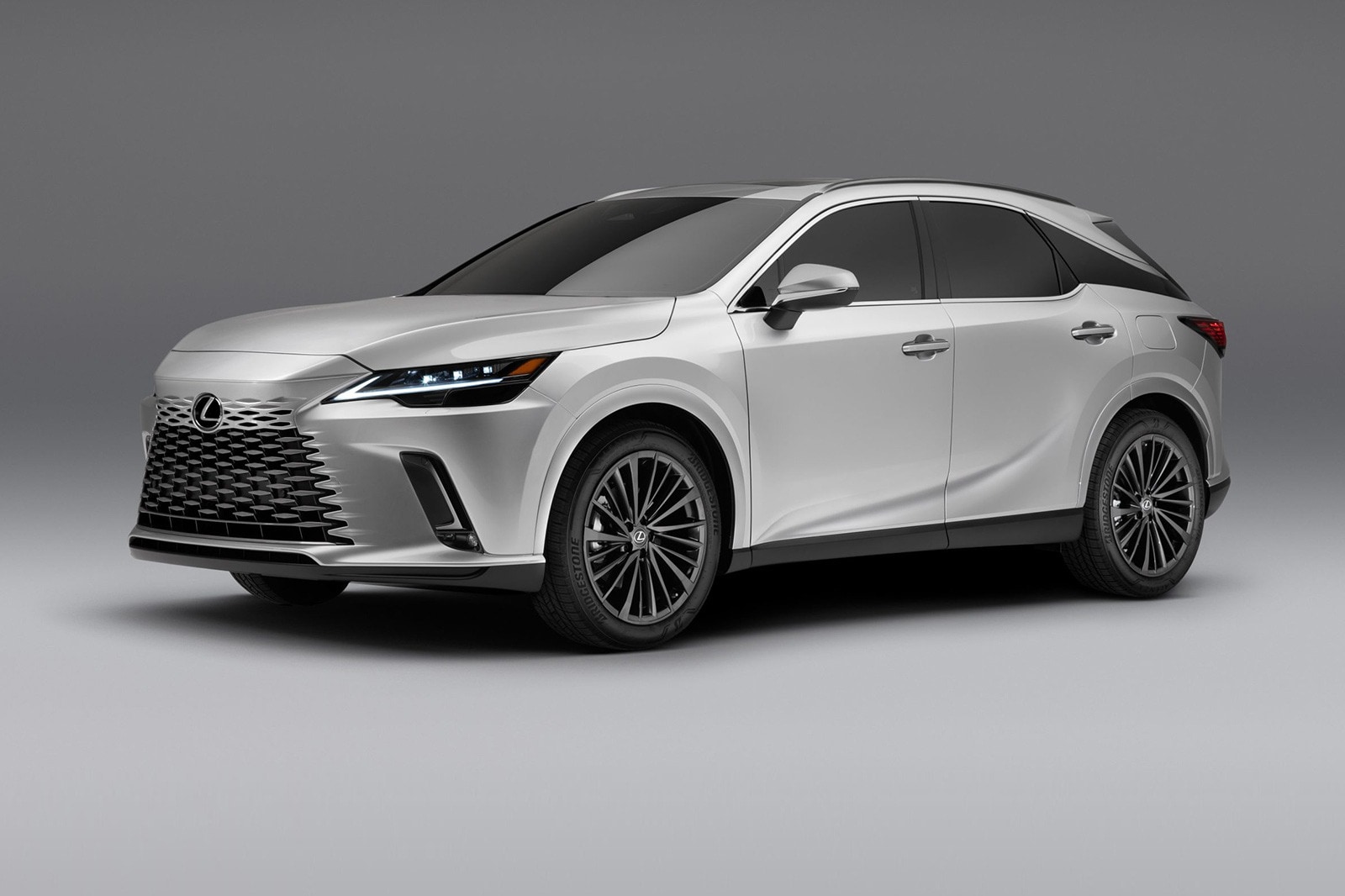
4. Lexus RX
The Lexus RX has long been regarded as the benchmark for luxury midsize SUVs, and this reputation is backed by its consistent performance, reliability, and resale value. Unlike many luxury vehicles that depreciate rapidly due to high maintenance costs and brand perception, the Lexus RX maintains impressive residual values, making it a rare luxury SUV that is also a smart financial choice when bought used. Lexus’s parent company, Toyota, brings a level of engineering discipline and quality control that ensures the RX is built to last and operate efficiently for many years.
The RX offers a plush, quiet ride with a focus on comfort and refinement. Its cabin features high-quality materials, intuitive infotainment systems, and generous space for passengers and cargo. Safety features are plentiful, often including advanced driver assistance systems as standard or optional equipment. These attributes make the RX not only a desirable vehicle to own but also one that retains buyer interest in the used market, translating into stable resale values.
From a maintenance perspective, the Lexus RX benefits from Toyota’s extensive dealer and service network, as well as the availability of affordable parts. This reduces the typically high costs associated with luxury vehicle ownership and helps keep maintenance manageable. Owners frequently report fewer unexpected repairs compared to rivals such as BMW or Mercedes-Benz SUVs, which makes the RX a less risky investment over the long haul.
Moreover, the RX appeals to a broad spectrum of buyers—from young professionals upgrading from smaller cars to retirees seeking comfort and reliability—ensuring steady demand in the used market. Its combination of luxury, dependability, and value retention creates a compelling proposition for buyers looking to enjoy premium features without the premium price depreciation that usually comes with luxury SUVs.
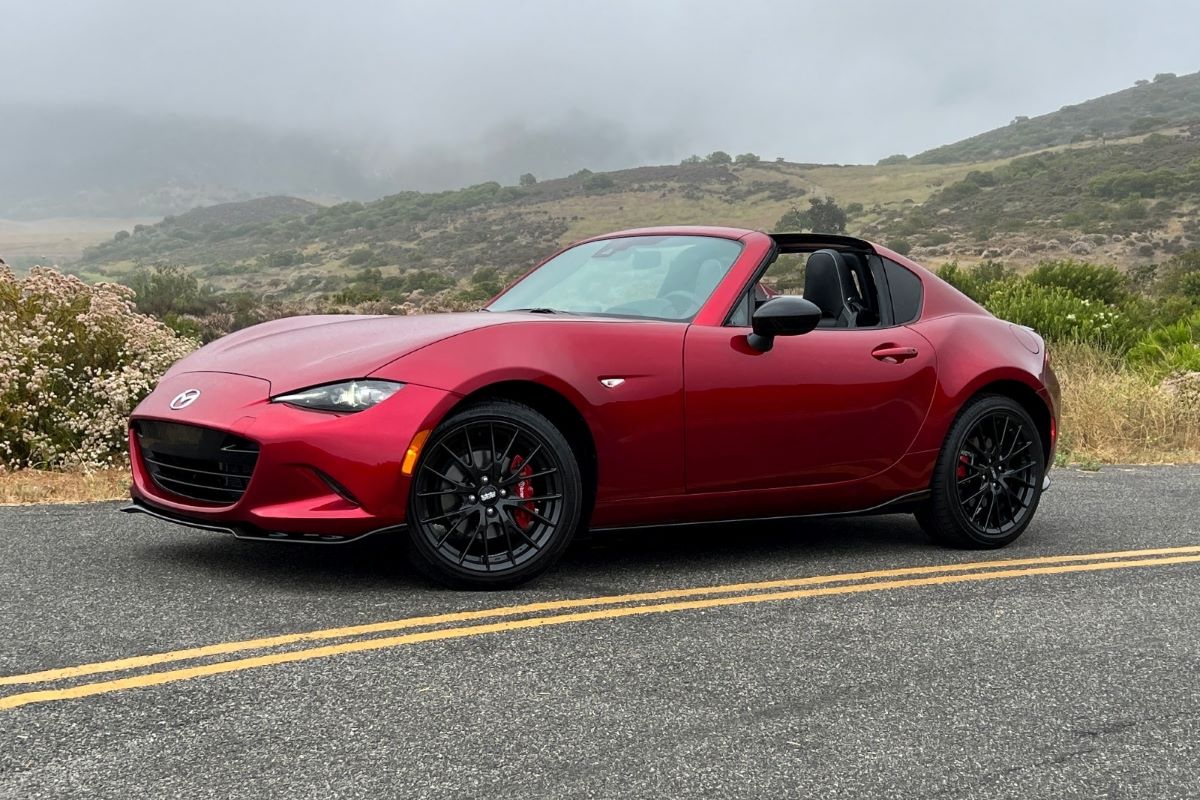
5. Mazda MX-5 Miata
The Mazda MX-5 Miata is a unique vehicle in the used car market because it blends the joy of driving with a remarkable track record of reliability and value retention. Unlike many sports cars, which can become financial burdens due to high maintenance costs and niche appeal, the Miata has become an icon of affordable, dependable performance. It is renowned for its lightweight design, balanced chassis, and engaging driving dynamics that have earned it critical acclaim and a dedicated enthusiast following worldwide.
One of the most compelling reasons to consider the Miata as a used car investment is its mechanical simplicity and robustness. The car’s straightforward engineering means fewer components are prone to failure, and when repairs are needed, parts are generally affordable and readily available. This contrasts with many other sports cars that require specialized maintenance or expensive replacement parts, which often deter potential used buyers.
The Miata’s cultural status as a beloved roadster also adds to its investment value. Limited edition models, such as the NA (first generation) and special trims like the Anniversary editions, have seen price appreciation in the collector market. Even standard models hold their value exceptionally well compared to other used sports cars. This is due not only to the car’s intrinsic qualities but also to its reputation as a car that can be enjoyed daily or saved for spirited weekend drives without excessive cost.
Finally, the MX-5 Miata’s broad appeal—from new drivers looking for a fun yet manageable sports car to seasoned enthusiasts seeking a pure driving experience—helps maintain demand and resale values. It offers a rare combination of reliability, affordability, and driving excitement that few cars can match. For those wanting a used car that is both a joy to drive and a smart financial choice, the Mazda MX-5 Miata is an outstanding investment.
5 Used Cars That Are Just Trouble
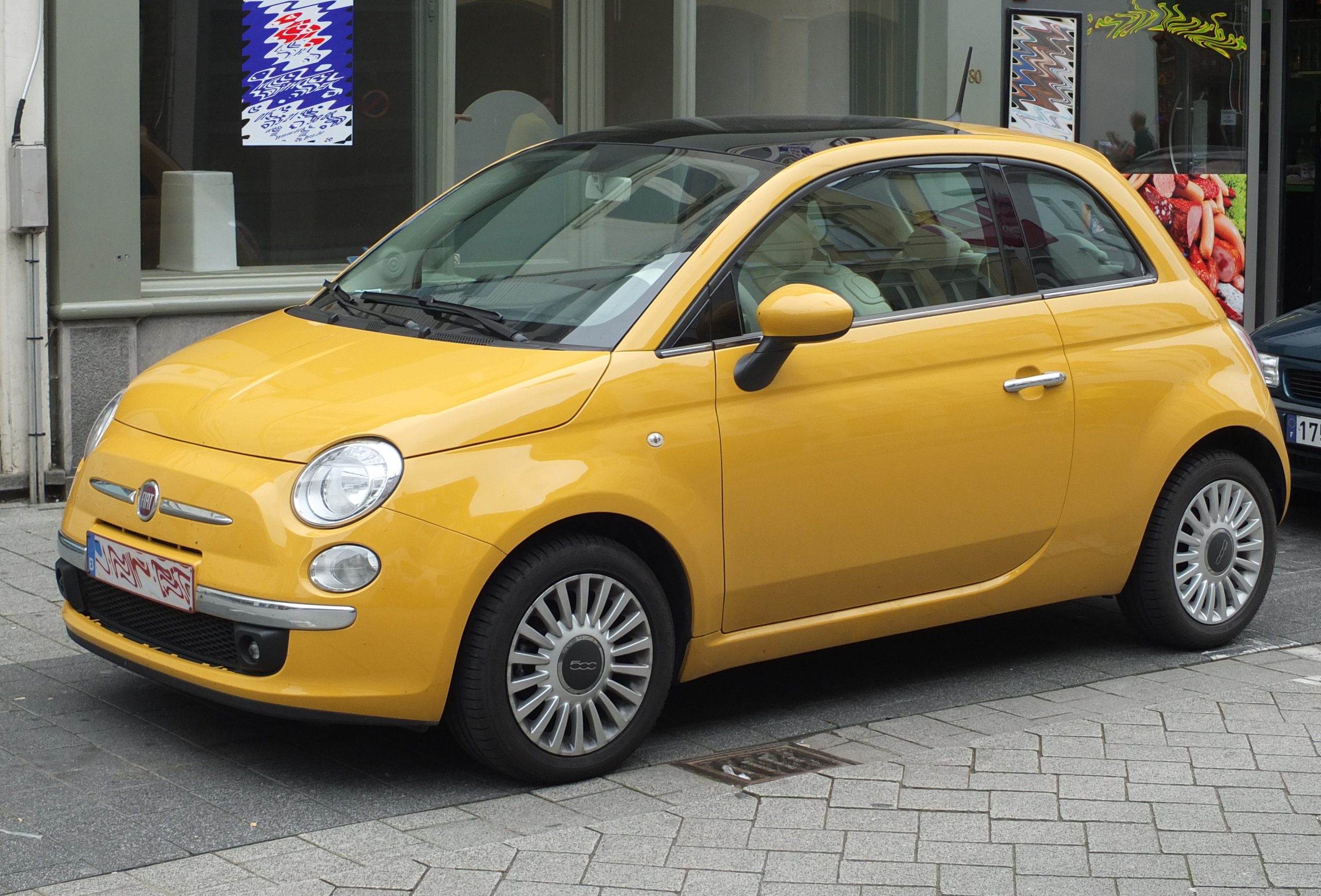
1. Fiat 500 (First Generation)
The first-generation Fiat 500, introduced to the U.S. market between 2011 and 2015, captured attention with its cute retro design and compact size, making it an appealing choice for urban dwellers and style-conscious drivers. However, beneath the charming exterior lies a vehicle that has become notorious for numerous reliability issues that can quickly turn ownership into a costly headache.
One of the most frequently reported problems with the Fiat 500 revolves around its transmission system. The automated manual transmissions in many models tend to be jerky and prone to premature failure, often leading to expensive repairs or even full replacement.
Owners also commonly encounter electrical gremlins, including malfunctioning sensors, dashboard warning lights, and problems with the car’s infotainment system. These issues are especially frustrating because the car’s electronics are relatively complex for a vehicle of its size and class.
Furthermore, the turbocharged versions of the Fiat 500 present additional concerns. The turbochargers themselves have been known to fail prematurely, resulting in significant repair bills. The engine cooling system also tends to be less robust than in competing models, which can lead to overheating problems if not properly maintained.
Another complicating factor is the relative scarcity of Fiat dealerships and certified mechanics in many parts of the U.S., which means that parts can be expensive and harder to source, and repairs may require specialized knowledge that not all shops have. This scarcity can translate to longer wait times and higher labor costs.
The Fiat 500’s safety ratings are another downside that diminishes its appeal as a used car. While compact cars typically have to compromise on safety features to maintain a low price point, the 500’s crash test scores and safety equipment levels lag behind many competitors like the Honda Fit or Ford Fiesta. Poor safety ratings not only affect peace of mind but can also translate into higher insurance premiums. Coupled with its mechanical unreliability, this makes the Fiat 500 a problematic choice for many buyers.
Finally, from a practicality standpoint, the Fiat 500’s small interior and limited cargo space severely restrict its usefulness. While ideal for maneuvering tight city streets, its cramped rear seats and minimal trunk capacity make it a poor option for families or anyone who frequently carries passengers or luggage.
This limits its resale market, causing depreciation to accelerate faster than more versatile competitors. For buyers who prioritize dependability, low maintenance costs, and overall value, the first-generation Fiat 500 is generally better left off the shopping list.
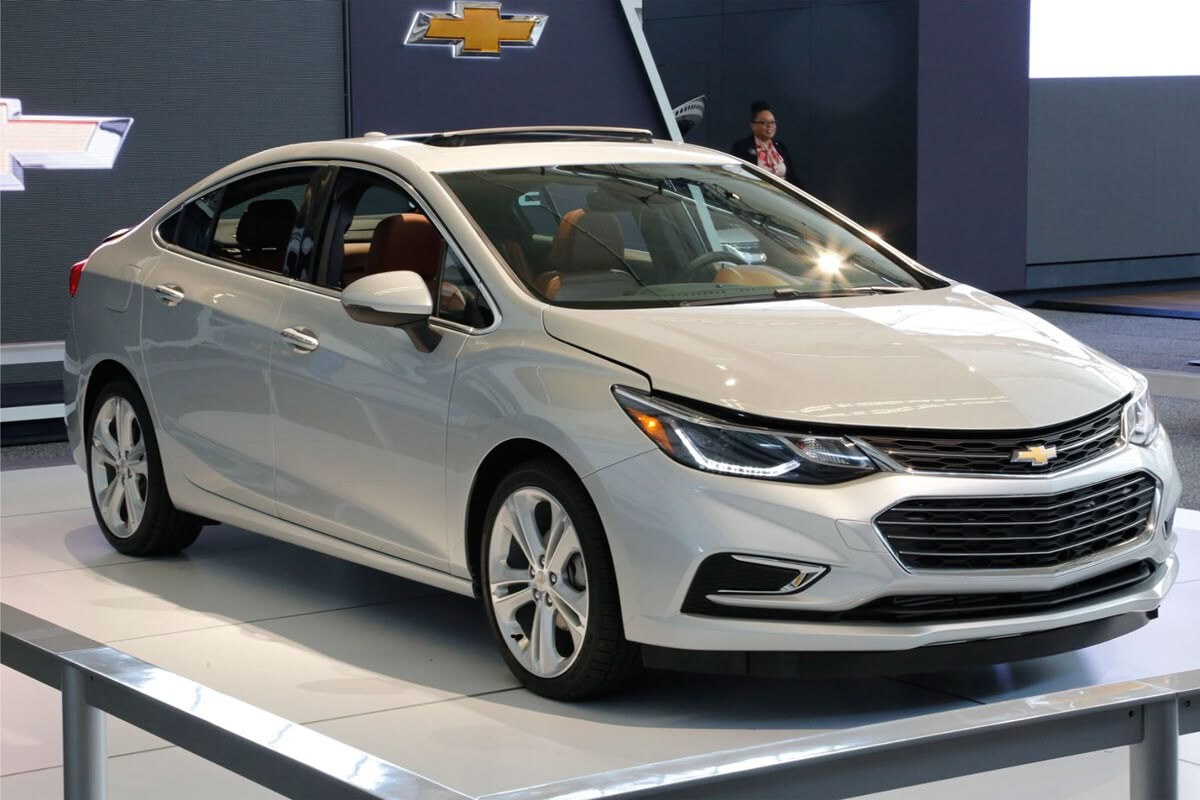
2. Chevrolet Cruze (Early Models)
The Chevrolet Cruze initially entered the compact car market with much fanfare, promising modern styling, respectable fuel economy, and a suite of technology features. However, the early models—particularly those produced between 2011 and 2014—have earned a poor reputation for reliability, making them a gamble for used car buyers.
One of the most chronic issues with these Cruzes centers around the transmission system, which has been prone to rough shifting, slipping, and, in many cases, total failure well before the vehicle has reached high mileage. Repairs or replacements of the transmission can be exorbitantly expensive, and some owners have reported multiple transmission repairs within a relatively short ownership period.
Beyond transmission woes, the Cruze is known for other mechanical vulnerabilities. The water pump, which is crucial for engine cooling, frequently fails prematurely, leading to overheating issues that can cause engine damage if left unchecked.
Additionally, electrical system failures are common and manifest as erratic dashboard behavior, malfunctioning sensors, and problems with infotainment controls. These persistent glitches undermine the driving experience and increase repair bills, creating a vicious cycle for owners who thought they were buying a practical and modern compact car.
The Cruze’s resale value suffers as a direct consequence of these problems. While cars like the Honda Civic and Toyota Corolla hold their value due to well-earned reputations for reliability and economy, the Cruze struggles in the used market because of its perceived risk and repair costs. This diminished resale value compounds the cost of ownership and makes it a less attractive investment compared to more dependable competitors.
Finally, the interior quality and driving dynamics of early Cruze models do not compensate for their reliability issues. The cabin materials feel cheap compared to rivals, and the driving experience is often described as uninspiring and unrefined. Combined with the potential for costly repairs, these drawbacks make early Chevrolet Cruze models a problematic choice for anyone looking for a trouble-free used car.
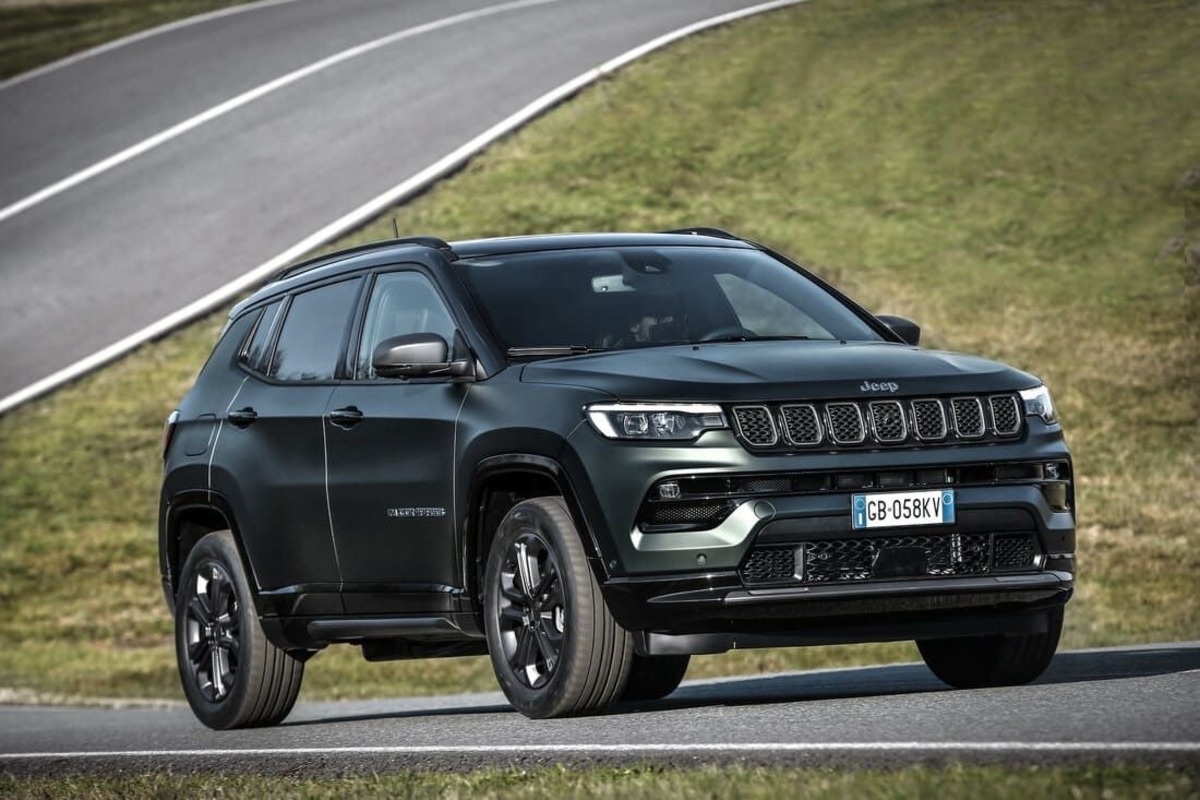
3. Jeep Compass (First Generation)
The first-generation Jeep Compass, produced between 2007 and 2010, was marketed as an affordable compact SUV with Jeep’s legendary off-road capability, but it quickly became known as a vehicle fraught with mechanical and electrical problems. One of the biggest sources of trouble with these models is the powertrain. Many owners have reported frequent transmission failures, which can manifest as slipping gears, delayed engagement, or complete breakdowns.
These failures not only compromise the vehicle’s drivability but also lead to costly and time-consuming repairs that can exceed several thousand dollars. Engine stalling and rough idling are also common complaints, sometimes linked to faulty sensors or ignition components that are expensive to diagnose and fix.
Electrical problems compound the Compass’s reputation for unreliability. Drivers have experienced a wide range of issues, from malfunctioning dashboard lights and erratic behavior of power windows and locks to complete failures of key components like the anti-lock braking system (ABS).
Such problems not only cause inconvenience but can affect vehicle safety, putting owners at risk on the road. Diagnosing electrical gremlins in the Compass often requires specialized equipment and knowledge, which can lead to higher service costs and longer repair times.
The interior quality of the Compass also leaves much to be desired. Cheap plastics, poorly fitted panels, and rattles become noticeable as the vehicle ages, contributing to a feeling of overall poor build quality. These shortcomings have a direct impact on resale value, as prospective buyers are often deterred by the vehicle’s perceived shoddiness. This depreciation, combined with the high maintenance costs, makes the Compass one of the least desirable used compact SUVs.
While Jeep has made improvements in later generations of the Compass, the early models continue to have a tarnished reputation. Their high likelihood of mechanical failure, electrical issues, and diminished resale value make them a risky proposition for buyers seeking a reliable and economical used SUV.
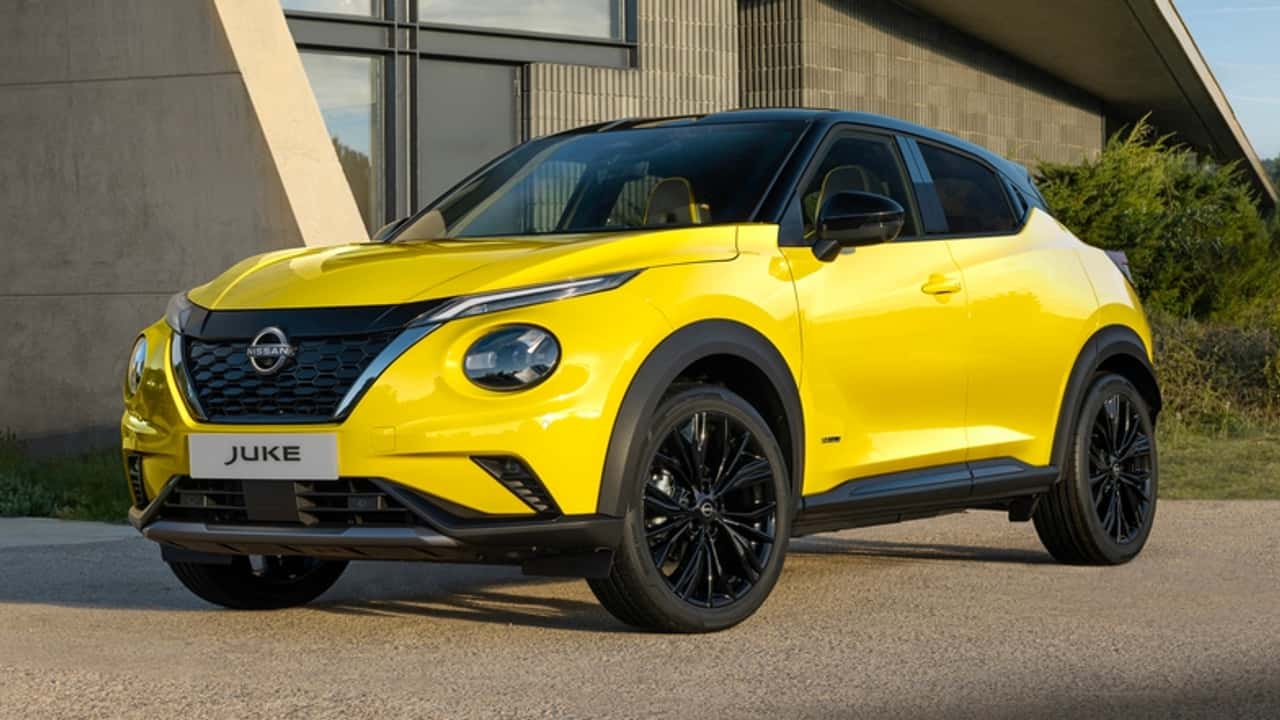
4. Nissan Juke
The Nissan Juke, with its polarizing styling and compact size, initially intrigued buyers looking for something different in the subcompact crossover segment. However, its bold appearance masks a litany of issues that make it a questionable choice for used car buyers.
One of the most significant and commonly reported problems with the Juke is related to its continuously variable transmission (CVT). Many owners complain about a jerky and sometimes unresponsive CVT, which can deteriorate prematurely and ultimately fail. Repairing or replacing a CVT is notoriously expensive and complex, often costing thousands of dollars, which can dramatically increase the cost of ownership.
In turbocharged versions of the Juke, additional issues with the turbocharger unit itself have been reported. Turbo failure can lead to power loss, increased oil consumption, and expensive repair bills. The turbo system requires careful maintenance, and neglect or aggressive driving can exacerbate these problems, making ownership more demanding and costly.
These mechanical vulnerabilities undermine the Juke’s reputation as a practical crossover and contribute to a shrinking pool of potential buyers in the used market.
Aside from mechanical concerns, the Juke’s interior and ride quality are frequently criticized. The cabin, while unique, feels cramped and uncomfortable for taller passengers, especially in the rear seats. The limited cargo space further restricts its practicality as a crossover, making it less appealing for families or those with active lifestyles. Additionally, the ride can feel firm and unsettled over rough roads, which detracts from everyday comfort.
Coupled with its polarizing design—which can deter some buyers—the Juke’s combination of reliability issues, expensive repairs, and limited utility make it a problematic investment. For buyers who want a dependable crossover with strong resale value and low maintenance costs, there are better alternatives available.
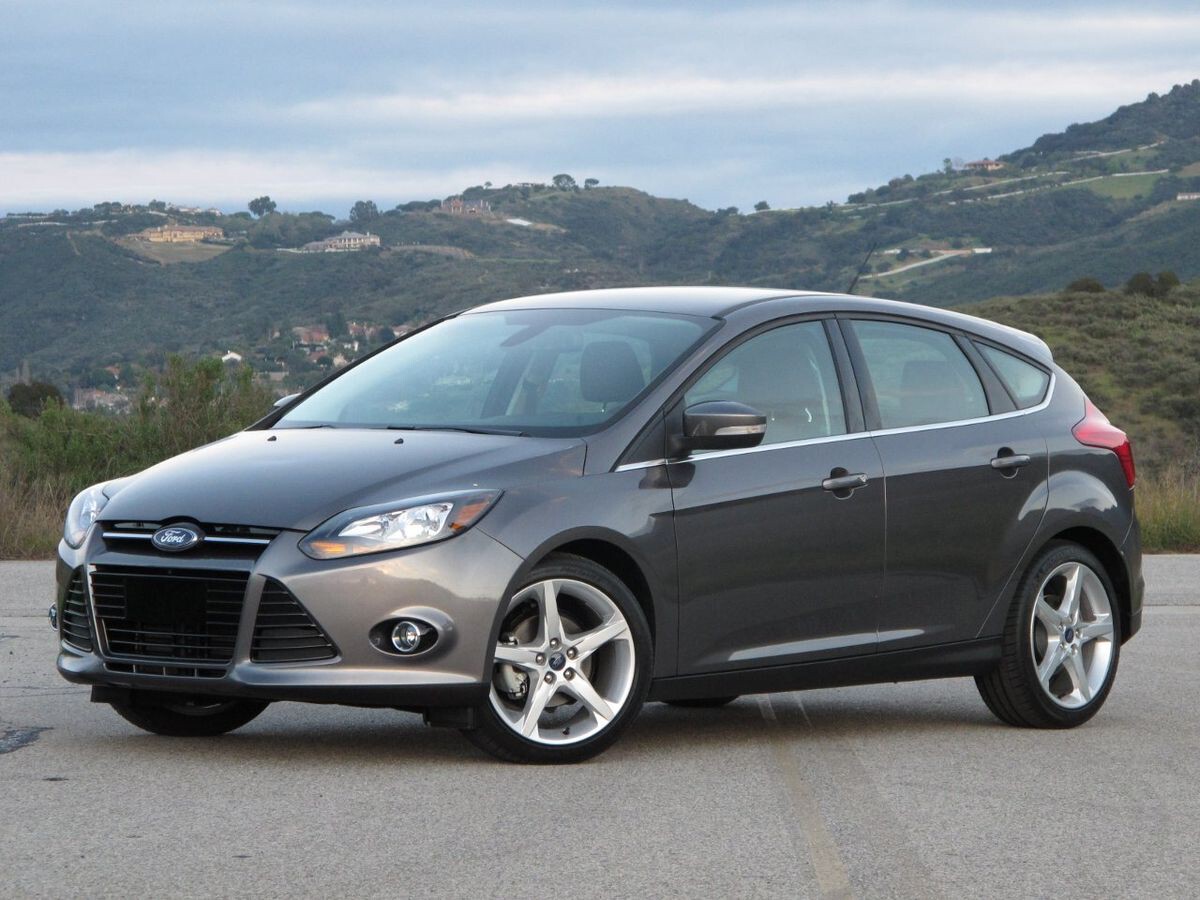
5. Ford Focus (2012-2016 Models)
The Ford Focus models from 2012 to 2016 have garnered a notorious reputation, largely due to the highly problematic dual-clutch automatic transmission system known as PowerShift. This transmission, designed to provide better fuel economy and faster shifting, turned out to be plagued by mechanical failures, harsh shifting behavior, and sometimes total transmission breakdowns.
Owners frequently report jerky starts, delayed engagement, and shuddering during acceleration, which not only impacts drivability but also causes safety concerns. The repairs involved are costly and often require complete transmission replacements, which can amount to thousands of dollars.
In addition to transmission woes, these Focus models are prone to other issues such as engine stalling and electrical problems. Owners have reported instances where the engine unexpectedly cuts out or hesitates during acceleration, which can be dangerous in traffic.
Electrical glitches—ranging from malfunctioning dashboard displays to issues with power accessories—add to the overall sense of unreliability. These problems contribute to frequent visits to the mechanic, increasing ownership costs and frustration.
The widespread issues with the PowerShift transmission led to multiple recalls and class-action lawsuits, which brought attention to the problem but did not fully alleviate it for many owners. This history has tarnished the Ford Focus’s reputation, causing its resale values to plummet compared to other compact cars in the same period, like the Honda Civic or Toyota Corolla.
Despite the Focus’s generally appealing styling and engaging driving dynamics, these significant reliability concerns overshadow its strengths. Buyers looking for a dependable used compact car are usually advised to steer clear of the 2012-2016 Focus models unless they are prepared for the potential of costly repairs and ongoing maintenance challenges.
Also Read: 5 Cars With the Most Ergonomic Pedals and 5 Clumsy Layouts
Choosing the right used car is a decision that carries significant weight, impacting not only your daily convenience and enjoyment but also your financial well-being over the long term.
The analysis of five used cars that are great investments alongside five that are prone to trouble serves as a vital guide in navigating the sometimes murky waters of the used car market. These contrasting examples highlight that, while purchasing used can be a smart way to save money and gain value, it requires careful research, critical evaluation, and a keen eye for long-term reliability.
The five great investment vehicles—like the Toyota Tacoma, Honda Civic, Subaru Outback, Lexus RX, and Mazda MX-5 Miata—stand out because they offer more than just short-term affordability. These cars have earned their reputations through a combination of durable engineering, broad market appeal, and manageable maintenance costs. Their strong resale values attest to the confidence buyers have in their longevity and overall quality.
For example, the Toyota Tacoma’s status as a rugged, dependable truck has made it a favorite among used buyers who need a vehicle that will hold up under heavy use. Similarly, the Honda Civic’s combination of fuel efficiency, reliability, and widespread serviceability has kept it at the top of many used car shopping lists for decades.
These investment-grade vehicles are also characterized by the availability of parts, strong dealer and service networks, and a general absence of chronic, systemic failures. This means owners can expect lower ownership costs and fewer unpleasant surprises, which is a cornerstone of value retention.
Furthermore, many of these models have passionate owner communities and aftermarket support that not only help maintain the vehicles but also enhance their appeal. Whether it’s the sporty appeal of the Mazda Miata or the luxury comfort of the Lexus RX, these cars deliver a satisfying ownership experience that combines enjoyment with sound financial sense.
Conversely, the five used cars identified as troublemakers—such as the Fiat 500, early Chevrolet Cruze, first-generation Jeep Compass, Nissan Juke, and certain Ford Focus models—exemplify the risks inherent in the used market. Their histories of transmission failures, electrical gremlins, and other mechanical shortcomings lead to a high total cost of ownership that often outweighs any initial savings.
For instance, the Ford Focus models equipped with the problematic PowerShift transmission have become infamous for causing owner frustration and expensive repairs, ultimately eroding resale values and buyer confidence. Similarly, the Fiat 500’s electrical and transmission issues have made it a cautionary tale for buyers prioritizing reliability.
These trouble cars highlight the importance of looking beyond price and style to assess the true cost and hassle of ownership. They remind us that flashy looks or attractive sticker prices do not guarantee a good investment. Buyers who do not conduct proper due diligence risk ending up with a vehicle that not only depreciates quickly but also demands costly repairs and downtime. Such experiences can sour the joys of car ownership and put a strain on personal finances, making the vehicle more of a burden than a benefit.
Ultimately, the key takeaway for anyone entering the used car market is that knowledge is power. Understanding the reputation, known issues, and maintenance demands of potential purchases equips buyers to make informed decisions.
Investing time in research, reading owner reviews, consulting reliability data, and having a trusted mechanic inspect prospective vehicles can save thousands of dollars and prevent a lot of headaches. Choosing a used car that is a great investment rather than a troublesome money pit means securing reliable transportation, peace of mind, and financial stability.
Moreover, the used car market is not static; it evolves as manufacturers improve designs, introduce new technologies, and respond to consumer feedback. Cars once notorious for trouble can become reliable choices in newer iterations, while previously dependable models can suffer from unforeseen issues in certain years or trims.
This dynamic nature of the market underscores the value of staying informed and flexible, and of viewing each purchase as a unique decision rather than relying solely on brand loyalty or past experience. In conclusion, used car buying is an art and a science, requiring a balance between desire, budget, and pragmatism. By focusing on vehicles with a proven track record of reliability and value retention, buyers can maximize their investment and enjoy years of trouble-free driving.
Conversely, steering clear of models with a history of recurring problems and high ownership costs can spare buyers significant frustration and financial loss. Whether you are a first-time buyer or an experienced car owner looking to upgrade, the lessons drawn from this comparison provide a roadmap to smarter, more confident decisions in the pursuit of the perfect used car.
